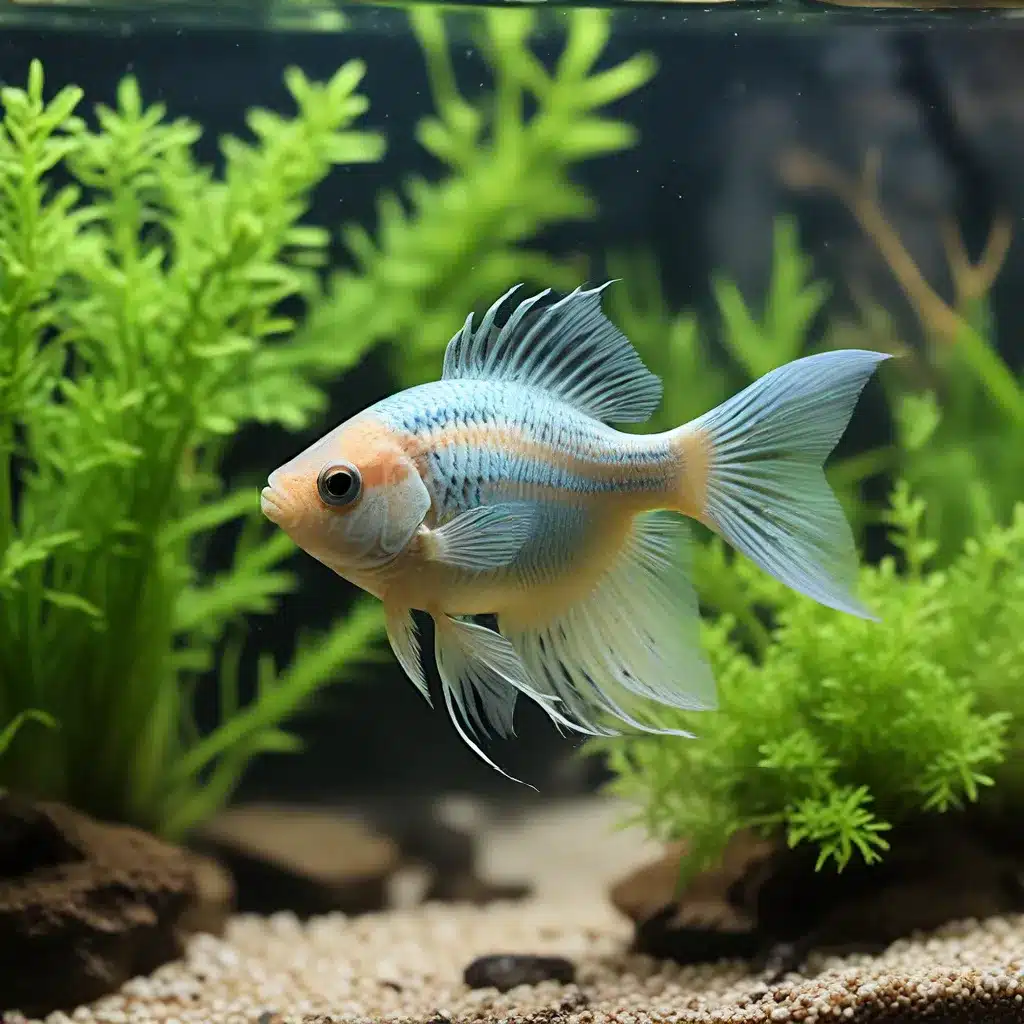
Diving into the Essentials of Aquarium Acclimation
Embarking on the journey of an aquarium hobbyist requires a deep understanding of the fundamental process of tank cycling. This critical step is not merely a recommendation but a necessity for fostering a thriving underwater world. Tank cycling lays the foundation for a balanced, healthy environment where aquatic life can flourish, setting the stage for the successful introduction of new inhabitants.
At the heart of this process lies the nitrogen cycle, a natural phenomenon that transforms harmful substances into less toxic compounds. Beneficial bacteria, the unsung heroes of this cycle, play a pivotal role in converting ammonia and nitrites – byproducts of fish waste and uneaten food – into nitrates, which can then be removed through regular water changes and plant uptake.
Exploring the Paths of Fishless and Fish-in Cycling
Aquarists have two primary methods to choose from when it comes to cycling their aquarium: the fishless cycle and the fish-in cycle. Each approach has its own advantages and considerations, allowing hobbyists to select the method that best suits their needs and the welfare of their future aquatic residents.
The fishless cycle is an increasingly popular and humane method that involves adding a pure ammonia source to the new tank, without the presence of any fish. This method allows the beneficial bacteria to thrive and establish the nitrogen cycle without subjecting any aquatic creatures to the potentially toxic conditions that can arise during the cycling process. While it may take a few extra weeks, the fishless cycle ensures a safe and stress-free environment for the soon-to-be inhabitants.
In contrast, the fish-in cycle is a more traditional approach that introduces a few hardy fish to the tank, providing the initial source of ammonia to kickstart the nitrogen cycle. This method can be quicker in establishing a cycled aquarium, but it requires diligent monitoring and intervention to maintain safe ammonia and nitrite levels, ensuring the well-being of the fish.
Mastering the Fishless Cycle for a Successful Start
For aquarists who prioritize the welfare of their aquatic pets, the fishless cycling method is often the preferred choice. This approach eliminates the ethical concerns associated with exposing fish to potentially harmful conditions, allowing the beneficial bacteria to thrive in a controlled environment.
The process of fishless cycling involves several clear steps to ensure success:
- Prepare the New Tank: Set up the aquarium with all the necessary equipment and conditions suitable for the beneficial bacteria to thrive.
- Add Ammonia: Introduce a pure ammonia source to the tank, mimicking the nitrogen cycle that occurs naturally in an established aquarium.
- Monitor Ammonia and Nitrite Levels: Regularly test the water to track the progress of the cycle, ensuring that ammonia and nitrite levels are within safe parameters.
- Wait for Nitrate Conversion: Once the ammonia and nitrite levels start to drop and eventually reach zero, it’s an indication that the nitrifying bacteria have effectively converted them into nitrates.
- Complete the Cycle: At this stage, the tank is considered cycled and ready for the introduction of fish, as the beneficial bacteria have established a robust biological filtration system.
Maintaining a Balanced Aquarium Post-Cycle
Even after the initial cycling process is complete, the commitment to maintaining the equilibrium of your aquarium is an ongoing endeavor. Regular monitoring of ammonia, nitrite, and nitrate levels is essential to ensure the health and well-being of your aquatic inhabitants.
Proper feeding, avoiding overcrowding, and conducting routine maintenance, such as cleaning filters and substrate, will help keep the beneficial bacteria colonies thriving. Additionally, closely observing the fish for any signs of stress or disease can help catch potential issues early, allowing for prompt intervention and resolution.
For aquarists who incorporate CO2 injection into their planted tanks, the cycling process requires an even more delicate balance. The impact of CO2 on pH levels can influence the activity of nitrifying bacteria, necessitating careful monitoring and adjustments to maintain optimal conditions for both the bacteria and the aquatic plants.
Embracing the Aquarium Hobby with Confidence
Whether you choose the fishless cycle or the fish-in approach, the success of your aquarium journey starts with a patient and informed cycling process. By laying a solid foundation, you’ll be well on your way to creating a thriving underwater ecosystem that will bring you years of enjoyment and satisfaction.
Remember, the health and well-being of your aquatic inhabitants should always be your top priority. By mastering the art of acclimation and maintaining a balanced aquarium, you’ll be able to provide a safe and nurturing environment for your finned friends to thrive.
Embark on your aquarium adventure with King Aquarium by your side, where a wealth of resources and expert guidance await. Dive in and discover the wonders of the aquatic world, one step at a time.

